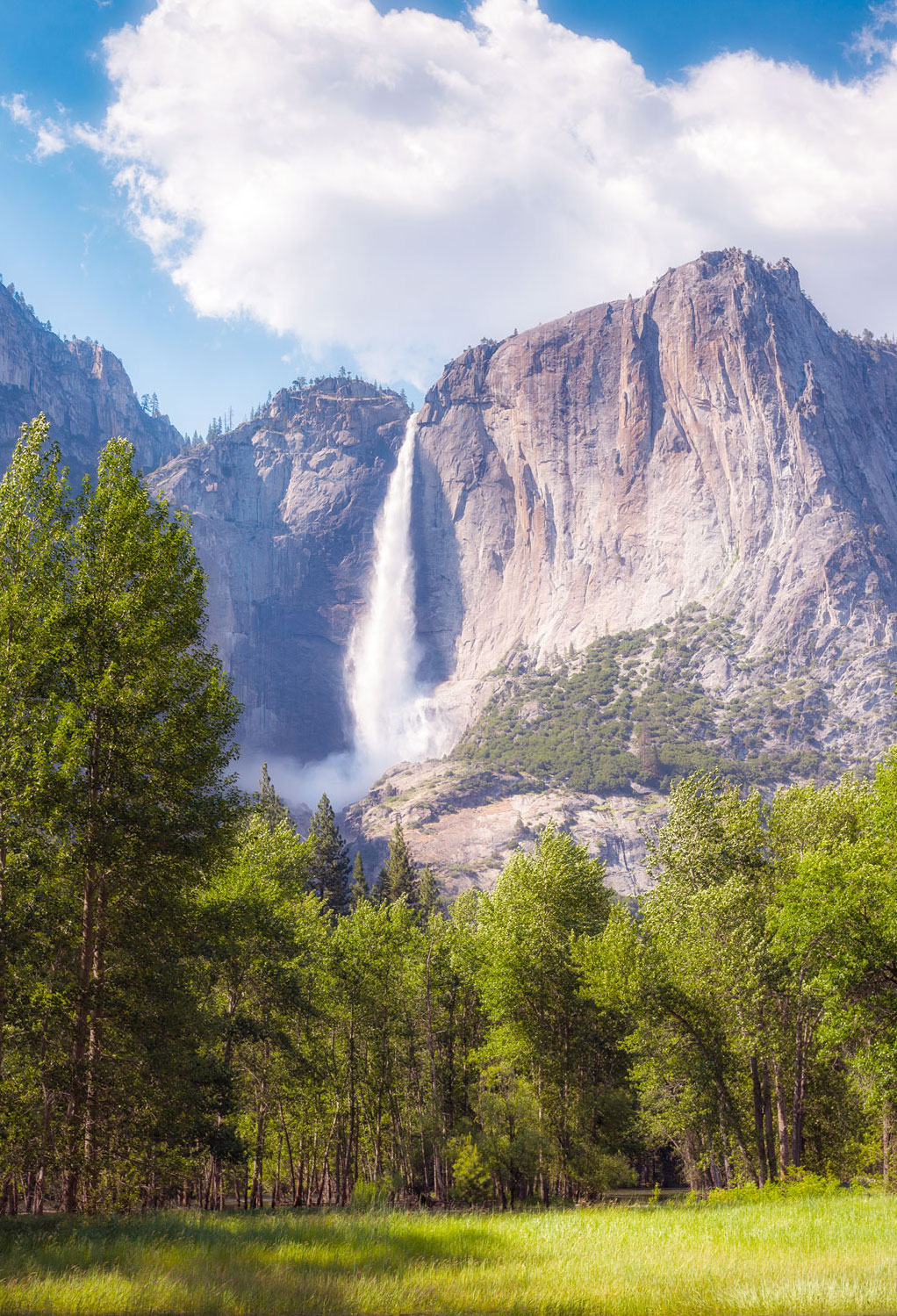Waterfalls are among the many diverse and majestic natural features of the U.S. The country is home to over 17,000 documented waterfalls, which range from thundering torrents of water to tiny cascades. In fact, the U.S. (and Canada) share one of the world’s most iconic waterfalls, Niagara Falls, yet this impressive sight pales in height compared to the country’s tallest waterfalls. From Hawaii to the Pacific Northwest, here’s where to find them.
10. Seahpo Peak Falls, Washington – 2,200 feet
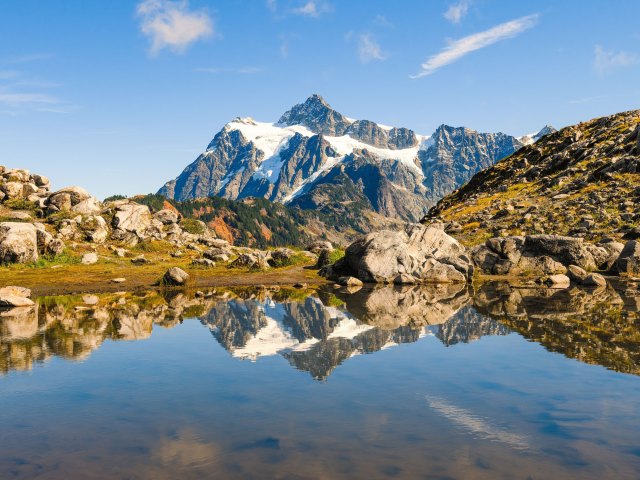
The rugged alpine landscapes of North Cascades National Park — about three hours northeast of Seattle — are home to four of the 10 tallest waterfalls in the country. Seahpo Peak Falls cascades over a peak of the same name, which is found on the eastern arm of 9,131-foot-tall Mount Shuksan. Though it’s over 2,000 feet tall, the waterfall is narrow and has a limited flow rate, making it sometimes difficult to see. But other noteworthy sights in this area of the park include Sulphide Creek Falls and hiking trails such as Shuksan Lake Trail and Mount Blum Climbers Trail.
9. Haloku Falls, Hawaii – 2,297 feet
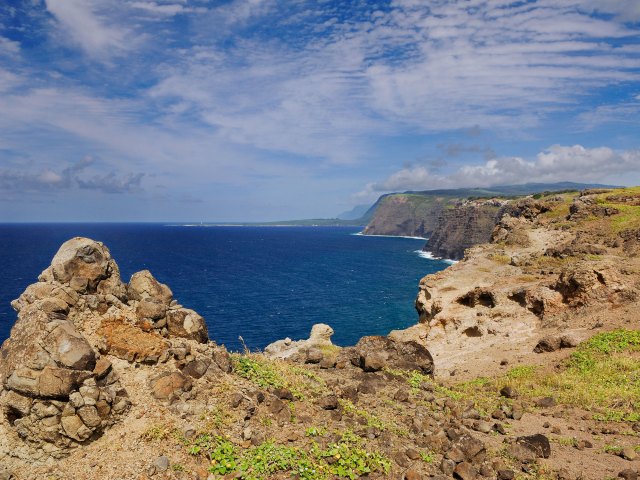
The Northeastern shore of the Hawaiian island of Molokai is a fairytale-like setting of dazzling green scenery and multiple spectacular waterfalls. Haloku Falls lies in an area known as Haloku Sea Cliffs. Stretching between the Pelekunu and Wailea valleys, they are the world’s tallest sea cliffs. Haloku Falls spills down the face of these towering basalt cliffs into the Pacific Ocean. The only way to see it is via boat or flight tour.
8. Sperry Glacier Falls, Montana – 2,300 feet
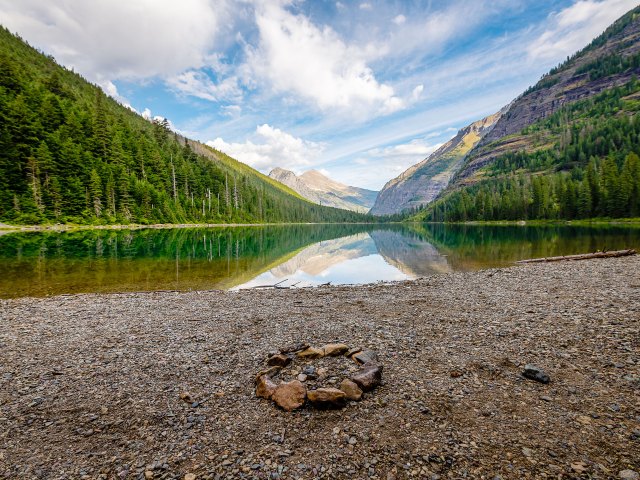
Located in Montana’s Glacier National Park, Sperry Glacier Falls flows from Sperry Glacier down toward Avalanche Lake. Fed by the glacier’s melt, the waterfall has three distinct drops, each interspersed by sections of rock and boulder cascades. The lower section of the waterfall drops over the same cliffs as Monument Falls, which often cause confusion in distinguishing the two. Visitors can hike through virgin forests to Avalanche Lake to get views of the cliffs down which both waterfalls plunge.
7. Cloudcap Falls, Washington – 2,400 feet
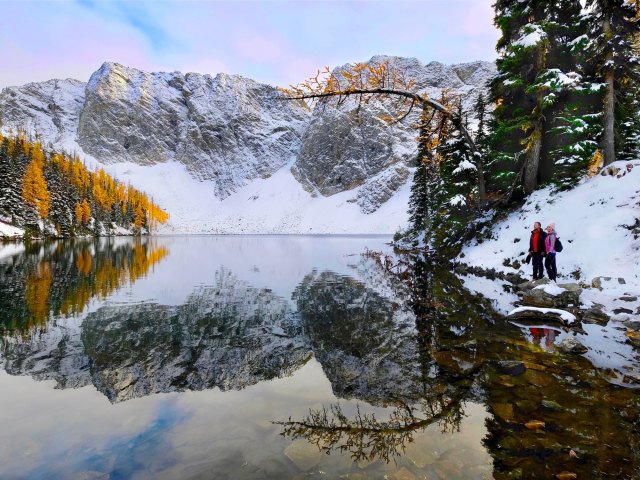
A small glacier below Cloudcap Peak on Mount Shuksan marks the start of Cloudcap Falls. Much of this waterfall in North Cascades National Park is concealed by bedrock, making it difficult to see from ground level. Observing it is usually only possible by air — the same applies for the adjacent Sulphide Creek Falls. The waterfall flows strongest during the snowmelt season in spring; by late summer it’s often almost completely dry.
6. Yosemite Falls, California – 2,425 feet
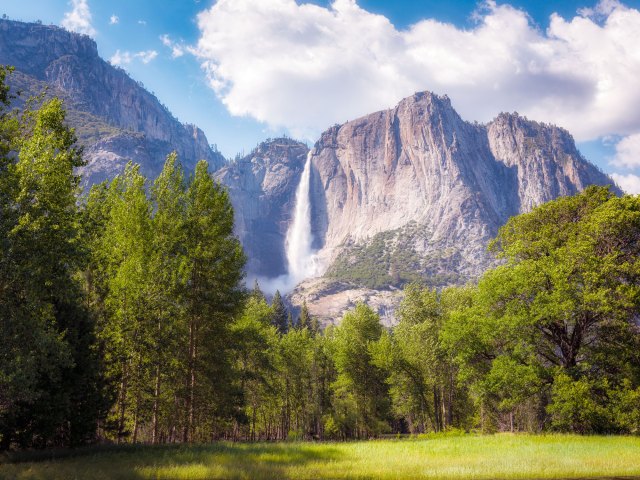
Nestled amid the Sierra Nevada range, Yosemite National Park is characterized by steep mountain slopes and looming granite monoliths. When the winter snow melts, water flows through gaps in the mountains to the valley floor, creating dozens of waterfalls. One of these is Yosemite Falls, which is made up of three separate cascades: Upper Yosemite Fall (at 1,430 feet tall), the middle cascades (675 feet), and Lower Yosemite Fall (320 feet). Together, these waters flow from November to July, with peak visiting time from April to June. Scenic trails loop around the lower falls and to the summit.
5. Johannesburg Falls, Washington – 2,465 feet
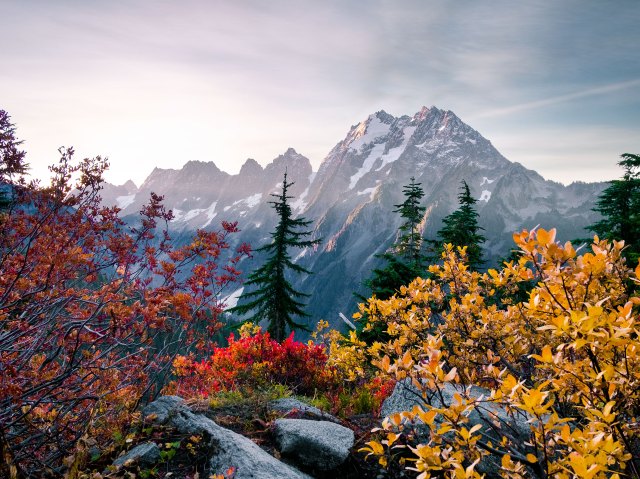
When the snowmelt streaming off the glaciers in North Cascades National Park starts flowing towards Johannesburg Mountain, it converges at the peak to form Johannesburg Falls. This striking cascade has five drops, the biggest of which features a freefall of around 800 feet. June through October is when the flow rate is heaviest and most impressive, and one of the best spots to witness it is the Cascade Pass Trailhead. Those looking for more outdoor adventure can embark on a day hike toward Cascade Pass, where you’ll traverse pass falling ice from glaciers, yellow glacier lilies, and views of Mount Rainier.
4. Colonial Creek Falls, Washington – 2,568 feet
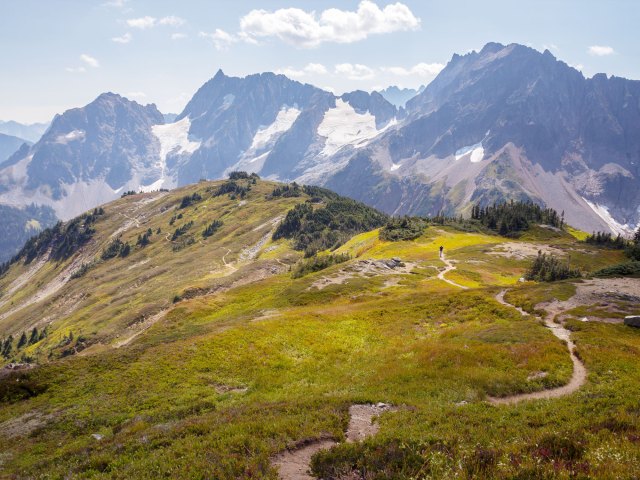
Also situated in North Cascades National Park is the tallest waterfall in the lower 48. Colonial Creek Falls begins as a meltwater lake at Colonial Glacier and features 13 drops that fall a total of 2,568 feet. There are several ways to experience the beauty of the falls and encompassing snow-capped peaks, including Ross Dam Trailhead Viewpoint and Thunder Arm Bridge Viewpoint. The Colonial Creek Falls Trail is a challenging route that passes by the picturesque Pyramid Lake and cuts through dense forests for a more up-close view of the falls.
3. Waihilau Falls, Hawaii – 2,598 feet
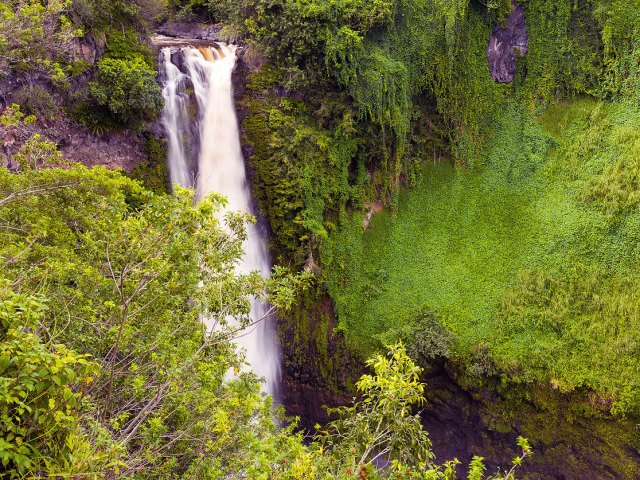
Hawaii’s Big Island is the location for the first of three Hawaiian waterfalls to make the list of America’s tallest cascades. Waihilau Falls consists of three separate falls that flow into the Waihilau River. Surrounding the falls are postcard-perfect landscapes marked by rainforests and towering cliff faces which are rarely visited by the average tourist. Intrepid hikers can discover this secluded and unspoiled natural attraction via a series of difficult trails and ascents.
2. Pu’uka’oku Falls, Hawaii – 2,756 feet
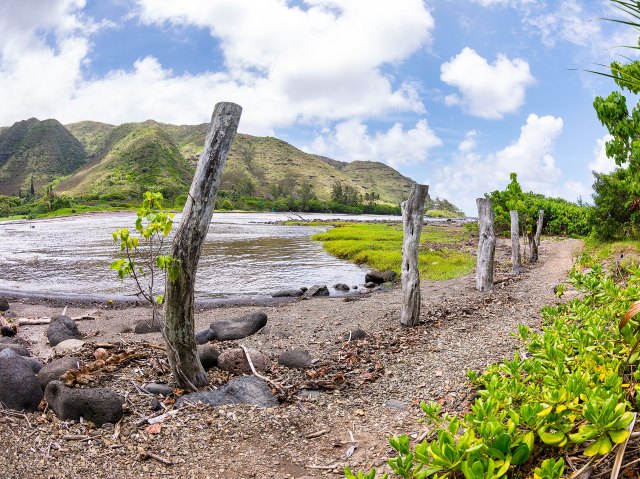
Pu’uka’oku Falls is the second waterfall in the list situated on the rugged northeastern coast of Hawaii’s Molokai island. Plunging from the sheer Haloku Sea Cliffs into the Pacific Ocean, it’s fed by seasonal streams that fill up during the island’s rainy season from November to March. The waterfall displays a narrow curtain that cuts through the cliff’s thick and lush vegetation. During periods of high winds, the fall rarely reaches the ocean; instead the water begins to rise up again just above the surface.
1. Olo’upena Falls, Hawaii – 2,953 feet
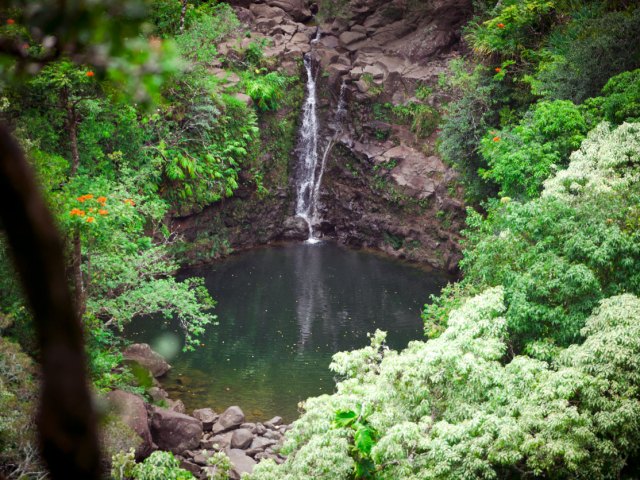
The tallest waterfall in the United States, Olo’upena Falls is another majestic sight along the three-mile-long stretch of the Haloku Sea Cliffs on the island of Molokai. Just a short distance to the west of Pu’uka’oku Falls, Olo’upena is a multitiered cascade that appears during the rainy season. Its thin veil of whitewater contrasts spectacularly with the surrounding greenery. Like the other falls on Molokai’s northeastern coast, it’s inaccessible by foot — tourists wanting to glimpse its beauty can do so via boat or helicopter tour.
More from our network
Daily Passport is part of Optimism, which publishes content that uplifts, informs, and inspires.






